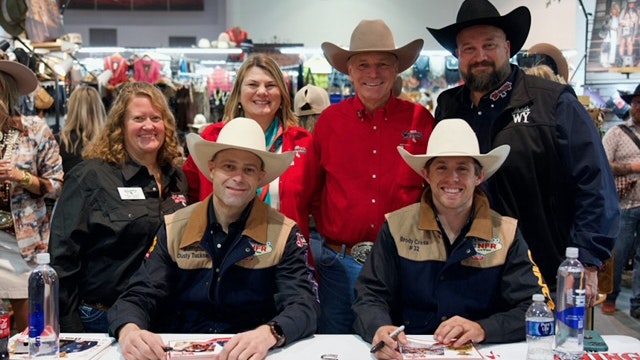After a gas chamber used for euthanasia at a Missouri animal shelter was shut down, the only two known remaining gas chambers in the nation are in Wyoming – one in Green River and one in Evanston.
Some are vowing to have the Wyoming gas chambers shut down, but staff at the animal shelters say the chambers are a safe, humane way to euthanize animals.
“Our stance hasn’t changed (regarding the gas chambers),” Green River animal control supervisor Tracy Wyant told Cowboy State Daily.
Despite the gas chamber in Missouri shut down, there are currently no plans to remove the ones in Wyoming, she said.
Local animal welfare activist Madhu Anderson said she and others are still determined to see Wyoming follow Missouri’s lead and close the last two known animal shelter gas chambers.
“It (gas chamber euthanasia) is outdated, it’s cruel and it’s outlawed in almost every state,” she told Cowboy State Daily.
Missouri Town Shuts Theirs Down
The only other known animal shelter gas chamber was in Poplar Bluff, Missouri.
The city council there last month voted to have that gas chamber shut down and dismantled, according to the Humane Society of the United States (HSUS).
“The Humane Society of the United States provided a grant to the Poplar Bluff City Council to support the closure and fund training and other resources necessary for the shelter to transition to a humane model of euthanasia,” according to a statement from HSUS.
Pros and Cons
Neither side has budged regarding previous arguments for and against using the gas chambers, which euthanize animals through carbon monoxide inhalation.
The chambers are regarded as cruel, because they involve locking an animal into a small space, having to spend the last moments of its life alone and isolated, Anderson said.
“No matter how much they clean it (the inside of the chamber), there’s still going to be the smell of death in there,” she said.
That can cause animals to panic and desperately try to escape, Anderson said.
The most humane option is to give animals a sedative – either orally or through a needle – and then euthanize them with lethal injection, Anderson said.
Green River and Evanston use both methods to euthanize animals – injection and the gas chamber, Wyant said.
Sometimes, injection isn’t the best method, she said.
Animals that are aggressive toward humans or afraid of needles can be difficult to restrain, making the process dangerous for people and more traumatic for the animals, she said.
Injecting animals and watching them die is also “very personal” and can take a mental toll on animal control staff, Wyant said.
Moreover, based on her experience, the idea that animals panic and die in terror in gas chambers is based on hype, not reality, she said.
“We’ve never had a bad experience with it,” she said.
Anderson said she and others remain unconvinced that the gas chamber is humane, and they will continue to protest outside the Green River Animal shelter.
They’ll also continue to push the city councils in Green River and Evanston to shut the gas chambers down.

Seldom Used
Lately, hardly any animals have been euthanized in Green River by either method, Wyant said.
The gas chamber was last used in August, she said. And in October, a dog that was too sickly to save was put down by injection.
Animal shelters in Green River, Cheyenne and Evanston are certified as “no kill” shelters.
No kill certification doesn’t mean that absolutely no animals ever get put down, but rather, that fewer than 10% are euthanized each year.
Wyant said euthanasia is typically reserved only for animals that are too aggressive or too sick to adopt out.
The emphasis is always on adoption, she said, and animals are welcome to stay in her shelter for as long as it takes.
She cited the recent adoption of Missy, a Pitbull/Labrador mix that spent five months in the shelter before finally finding a forever home.
“She started out being so scared, she had to be picked up and carried everywhere,” Wyant said.
But once Missy came out of her shell, she went too far in the opposite direction. She became “obnoxious,” disobeying humans’ commands and picking fights with other dogs, Wyant said.
The staff worked with her to find the middle ground, until Missy became “a well-behaved, obedient dog,” Wyant said.
The shelter’s Facebook page has really helped, she said. Rather than just offering a photo or two of animals up for adoption, social media enables staff to post multiple photos, videos and regular update about how the cats and dogs are doing.
“I credit the social media for us having a great adoption program,” Wyant said.
Contact Mark Heinz at mark@cowboystatedaily.com

Mark Heinz can be reached at mark@cowboystatedaily.com.





